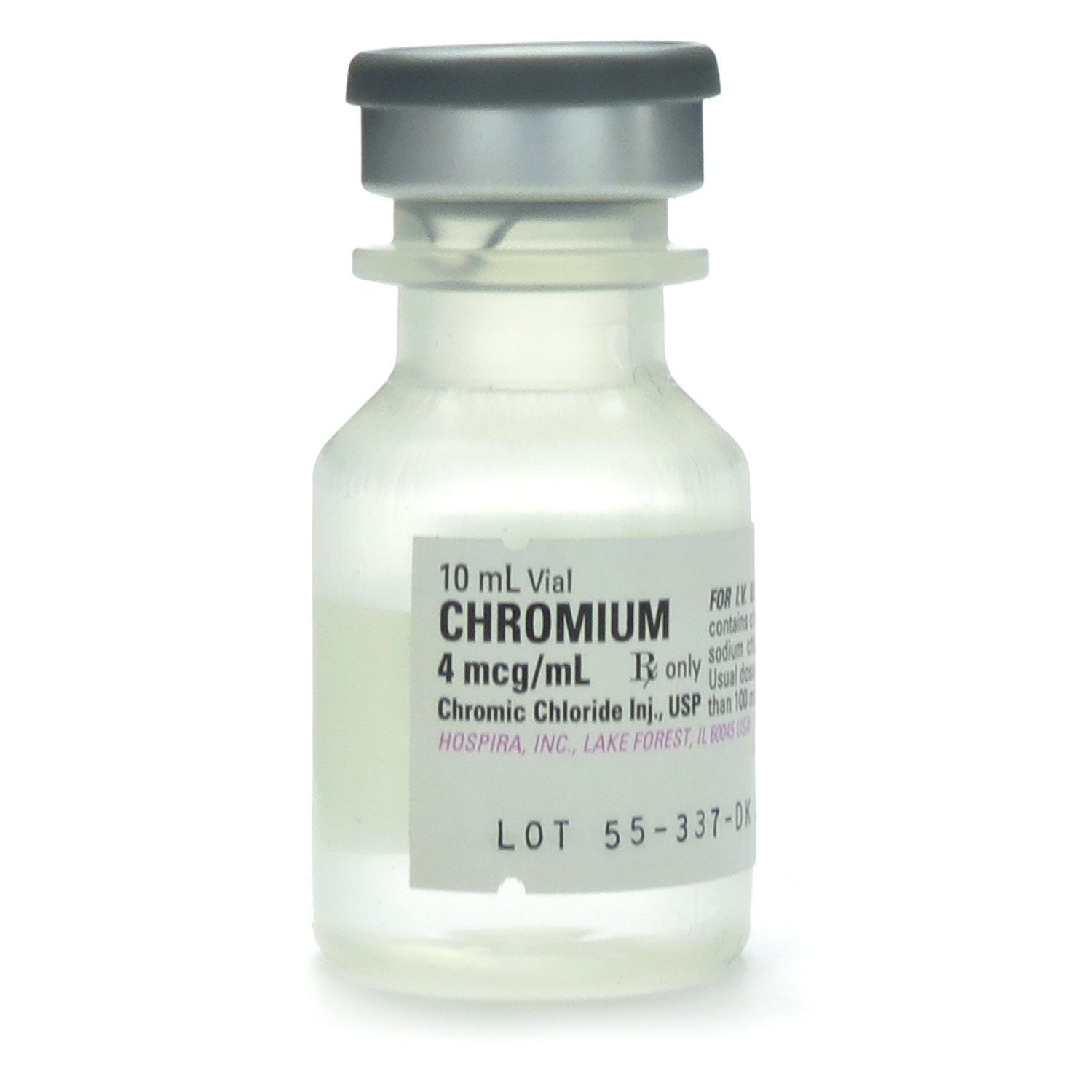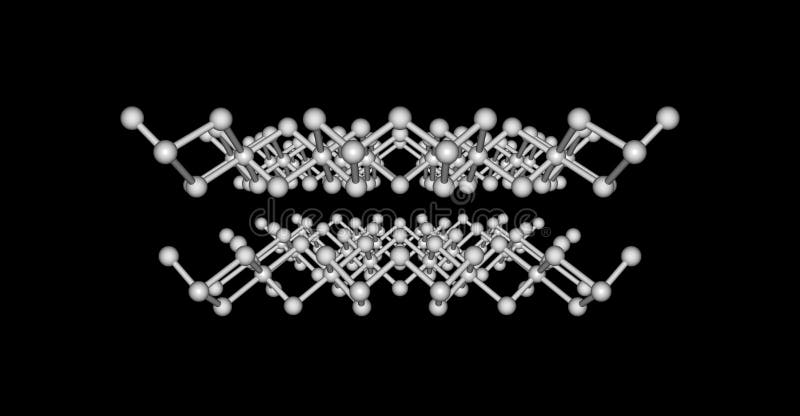

IR spectrums were recorded before and during adsorption, as well as after the sample vacuumization.

The catalyst (granule size 0.25-0.5 mm) was stirred using a mechanical vibrator. The amount of the pulsed sample injected by the pipette was varied in the range of 0.5-5 cm3, and the catalyst volume 0.5-1.0 cm3. The activity of the catalyst was studied in a microcatalytic reactor at carrier gas (He or H2) rates of 10-15 ml/min. Adsorption was studied at a residual pressure of 10-70 Torr. A sample in the form of a rectangular plate 15x30 mm, 5-10 mg/cm2 thick was placed in a cuvette and evacuated at 723 K for an hour. The adsorption of allene was studied in a vacuum unit using a cuvette to record the spectra of adsorbed molecules. The catalyst was preliminarily kept in a vacuum at a temperature of 723K and a residual pressure of 10-3 Torr for an hour, and perfluorinated oil been injected into the cuvette. IR spectra of the catalyst samples were taken using a suspension technique. In this regard, the presented work is dedicated to the study of by-products of allene modifications on an industrial chromium-silicate catalyst by IR spectroscopy combined with pulse chromatography. The process is followed by the formation of byproducts that affect the rate of gas evolution, as well as the activity and stability of the catalyst. Earlier, the author studied the regularities of the catalytic conversion of propylene chlorine derivatives into useful allene and allylene monomers. The production of glycerin is followed by the formation of by-products-chlorine derivatives of propylene, the processing of which is very relevant. Keywords: catalyst, IR spectroscopy, adverse reactions, allyl chloride, allene.

As a result, compounds of inorganic (base, chloride, carbonate, etc.) and organic (carboxyls with an unsaturated C=C bond, polycondensation products, etc.) nature are formed. It is shown that catalyst deactivation during the modification of allyl chloride into allene and allylene is caused mainly by surface modifications of raw materials. OF CHEMICAL TECHNOLOGY, AZERBAIJAN STATE OIL AND INDUSTRY UNIVERSITY, BAKU, REPUBLIC OF AZERBAIJANĪbstract: by-products of the modification of allyl chloride on chromium-silicate catalyst have been studied using spectral as well as pulse chromatographic methods. Jabbarova Natella Eyyub - Candidate of Chemical Sciences, Associate Professor ĢTahirzada Aida Tahir - Master student, DEPARTMENT OF CHEMISTRY AND TECHNOLOGY OF INORGANIC SUBSTANCES, FACULTY SURFACE MODIFICATIONS OF ALLYL CHLORIDE ON A CHROMIUM-SILICATE CATALYST Jabbarova N.E.1, Tahirzada A.T.2


 0 kommentar(er)
0 kommentar(er)
